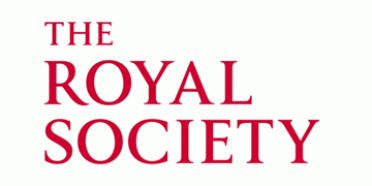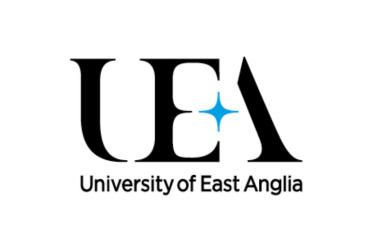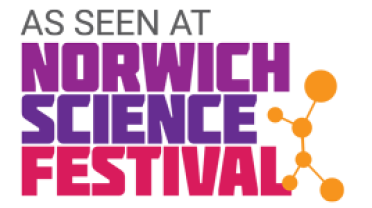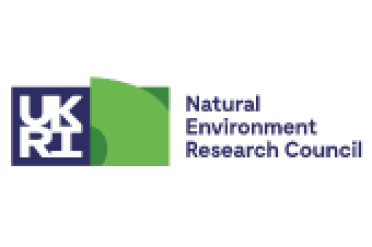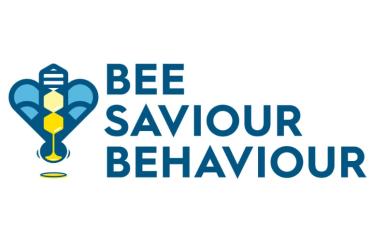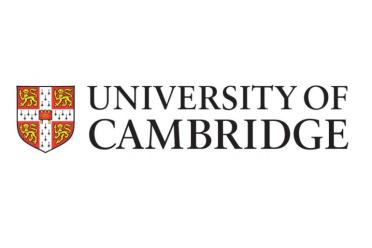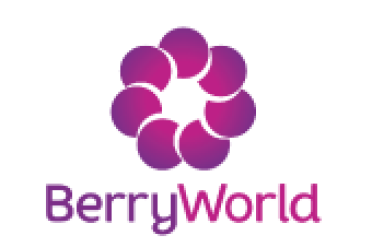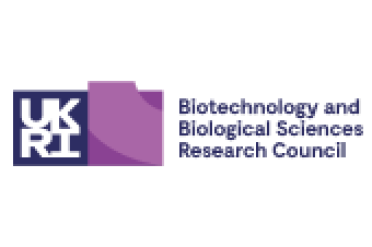The Bee Trail: What’s a bee’s favourite flower?
What is a bee’s favourite flower, and why should we care? Join us on our journey to answer this question, which might well save our wildlife and our food.
As part of the 2021 Royal Society Summer Science Exhibition, scientists at the Earlham Institute (EI), University of East Anglia (UEA) and University of Cambridge helped to answer the seemingly innocuous question of what is a bee's favourite flower, which might well save our wildlife and our food.

Many bees are at risk of disappearing forever, which affects the food we eat. In fact, bees contribute about £700 million to the UK economy alone.
That's because they - along with lots of other pollinators - are responsible for putting fruits and vegetables on the dinner table. Without the pollination that bees provide, our food choices would look pretty dull.
Perhaps one way to bolster their survival is to plant the right sources of pollen. But just what flowers do bees like the most? And how do we find them?
Scientists at the Earlham Institute, University of East Anglia (UEA) and University of Cambridge, alongside community organisation Bee Saviour Behaviour, have been hard at work in meadows and orchards, helping to understand what is a bee’s favourite flower.
They’re using DNA, life’s code, to do that. With a snazzy machine called the MinION, they can collect pollen from bees, take the DNA from it, and match it to the flowers they’ve visited, a bit like a supermarket barcode.
Instead of reading lots of boring text about our science, why not have a go at sequencing some bee pollen yourself? Help researcher Elie find Barney, Bella and Billie the Bee and using sequencing technology, discover what their favourite flower is! Click below to play the #BeeTrail game.
Dr Richard Leggett is Group Leader of EI's Technology Algorithm's Group and acts as Ned Peel's primary PhD supervisor. Richard's research is focused on applying new DNA sequencing technologies and developing computational tools to get the most out of them. On the bee pollen project, Richard helped to design the sequencing approach and the bioinformatics analysis.
Ned Peel is a PhD student based at the Earlham Institute. He is developing software to help identify the species found in mixed environmental samples using some of the latest DNA sequencing technology (the Oxford Nanopore MinION, which we use in the real life bee trail).
Ned works both in the lab and on the computer, extracting DNA from bee-collected pollen and leaf tissue samples, and sequencing the DNA, as well as developing the RevMet (reverse metagenomics) analysis pipeline that helps us match pollen to the correct plant.
Dr Lynn Dicks is an Ecology Lecturer at the University of Cambridge Zoology Department and acts as Elie's primary supervisor. She is an insect ecologist and conservation scientist. Her research group focuses on how to support important animal groups such as pollinators and natural enemies (predators like spiders and wasps that eat pests) in farmland. On the bee pollen project Lynn set up the partnership with Berryworld and is helping design the sampling methods and analyses.
Elie Kent is a PhD student at the University of East Anglia (UEA), who is using this new method of DNA sequencing to better understand insect pollination of berry crops in the UK. Last year she conducted field research on blueberry and raspberry farms, catching bees and taking their pollen (don't worry, no bees were harmed!). Back at the Earlham Institute she's been sequencing the pollen DNA, allowing her to identify which species of flower the bees have collected pollen from
Will Nash is an evolutionary biologist working in EI’s Evolutionary Genomics Group. Will’s research uses whole genome sequences to study adaptive evolution. Will has a background in insect science and has been working in the field on a separate bee sequencing project, collecting bees from natural populations and extracting their DNA.
Dr Darren Heavens is Post-Doctoral Scientist in the EI's Technology Algorithm's Group with over 30 years of experience in genomics research. With an impressive track record of developing new methodologies to answer biological questions he has worked closely with Ned Peel and Elie Kent to optimise laboratory protocols to extract DNA from both plants and pollen and help generate the best possible DNA sequencing data for bioinformatics analysis.
Calum is programming computers to analyse bumblebee DNA. He hopes to better understand the biology of these important pollinators and therefore make strategies to protect them from ecological threats and prevent further decline. He works with rare species, invasive species and even samples from a century ago.
